Home>Garden Essentials>How Long Does It Take For A Tomato To Germinate
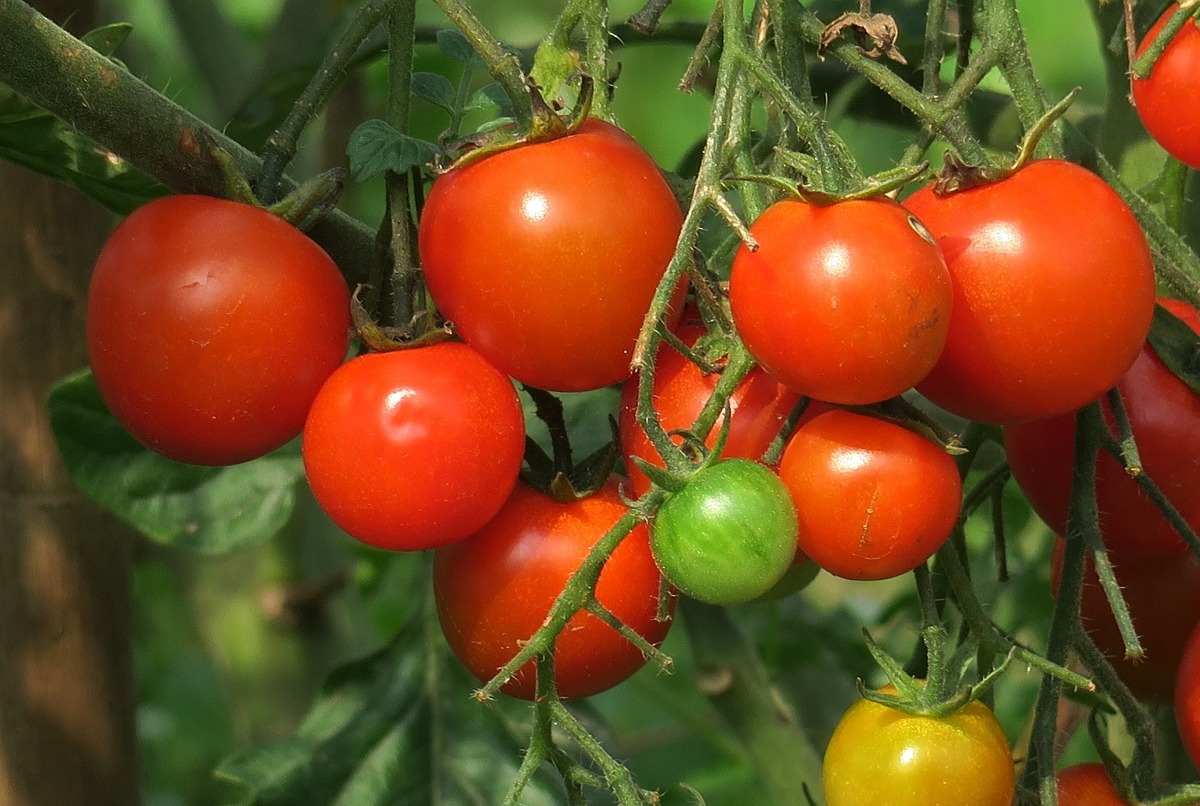

Garden Essentials
How Long Does It Take For A Tomato To Germinate
Modified: March 16, 2024
Discover how long it takes for a tomato to germinate in your garden. Get insights and tips for successful germination within days.
(Many of the links in this article redirect to a specific reviewed product. Your purchase of these products through affiliate links helps to generate commission for Storables.com, at no extra cost. Learn more)
Introduction
Welcome to the wonderful world of gardening, where seeds hold the promise of beautiful plants and bountiful harvests. Tomatoes, in particular, are a staple in many home gardens due to their delicious taste and versatility in countless culinary creations. However, before you can enjoy those juicy, ripe tomatoes, you need to understand the process of germination.
Germination refers to the sprouting of a seed and the development of a new plant. It is an essential step in the life cycle of a tomato plant, as it determines the success of your garden. Understanding the factors that affect tomato germination and the time it takes for the seeds to sprout will help you plan your planting schedule and ensure a successful growing season.
In this article, we will explore the factors that influence tomato germination, the step-by-step process of germination, and provide insights into the germination times of different tomato varieties. We will also share some valuable tips to help you achieve successful germination and troubleshoot common issues that may arise along the way.
So, let’s dive in and unravel the secrets of tomato germination, empowering you with the knowledge to grow healthy, vibrant tomato plants in your own garden.
Key Takeaways:
- Tomato germination depends on factors like temperature, moisture, and seed quality. Providing optimal conditions and being patient can lead to successful germination and healthy tomato plants.
- Different tomato varieties have varying germination times. Starting with quality seeds, pre-soaking, and maintaining proper soil, temperature, and moisture can improve the chances of successful germination.
Factors Affecting Tomato Germination
Various factors can impact the germination process of tomato seeds. Understanding these factors will help you create optimal conditions for successful germination. Let’s take a closer look at the key factors that influence tomato seed germination:
- Temperature: Temperature plays a crucial role in tomato germination. Most tomato varieties prefer a temperature range of 70-85°F (21-29°C) for germination. Higher temperatures can expedite germination, but extremely high temperatures can hinder the process. Consistently warm temperatures will promote faster and more uniform germination.
- Moisture: Adequate moisture is essential for seed germination. Tomato seeds should be kept consistently moist, but not soaked, during the germination process. Too much water can cause the seeds to rot, while insufficient moisture can prevent germination. Proper watering practices, such as misting or using a drip irrigation system, can help maintain the ideal moisture levels.
- Light: Unlike some other seeds, tomato seeds do not require light for germination. In fact, they actually germinate better in darkness. It is important to keep the seeds covered with a thin layer of soil or a seed-starting mix to provide the necessary darkness.
- Soil Quality: The quality of the soil in which the seeds are planted can significantly impact germination. It is advisable to use a well-draining, lightweight soil mix specifically formulated for seed starting. Avoid heavy or compacted soils, as they can hinder seedling emergence.
- Seed Quality: The quality of the seeds themselves also plays a role in germination success. It is important to source high-quality seeds from reputable suppliers. Fresh seeds with a high germination rate have a better chance of sprouting and developing into healthy plants.
- Seed Depth and Spacing: Planting tomato seeds at the appropriate depth is crucial for germination. As a general rule, plant tomato seeds about 1/4 to 1/2 inch deep in the soil. Proper spacing between seeds is also important to allow each seedling enough room to grow and access vital nutrients.
By taking these factors into consideration and providing the optimal conditions for germination, you can significantly increase the success rate of tomato germination in your garden. Now that we understand the factors at play, let’s delve into the tomato germination process itself.
Tomato Germination Process
The tomato germination process is a fascinating journey from seed to seedling. Understanding each stage of germination will give you insights into what is happening beneath the surface and how to support the seeds’ growth. Here is a step-by-step breakdown of the tomato germination process:
- Seed Preparation: Before sowing, it is beneficial to pre-soak tomato seeds overnight. This softens the seed coat and promotes quicker and more uniform germination.
- Sowing: Once the seeds are pre-soaked, it’s time to plant them. Create small holes in the soil, about 1/4 to 1/2 inch deep, and place the seeds in the holes. Cover the seeds with a thin layer of soil or a seed-starting mix, ensuring they are well-hidden from light.
- Germination Phase: After sowing, the seeds will begin to absorb moisture from the soil. This triggers the germination process, where the seed coat starts to break open, and a tiny root emerges, searching for water and nutrients.
- Root Development: As the tiny root grows, it starts to establish a strong anchor in the soil. This root serves as the foundation for the future plant and will eventually support the above-ground growth.
- Shoot Emergence: Alongside root development, a shoot begins to push its way upward, breaking through the soil surface. The shoot, known as the epicotyl, will develop into the stem and leaves of the tomato plant.
- Seedling Growth: As the shoot emerges, the first set of true leaves will unfold and start to absorb sunlight. The seedling will gradually grow stronger and develop more leaves, preparing for its journey towards maturity.
Throughout the germination process, it is crucial to maintain the optimal conditions we discussed earlier. This includes providing the right temperature, moisture, and darkness. Regularly check the soil moisture and ensure it remains consistently moist, but not waterlogged.
It’s important to note that germination times can vary depending on several factors, such as tomato variety, environmental conditions, and seed quality. Let’s explore the typical germination times for different tomato varieties in the next section.
Germination Time for Different Tomato Varieties
Tomato varieties come in a wide range of sizes, shapes, colors, and flavors. Each variety also has its own unique characteristics when it comes to germination time. While the germination period can vary slightly based on specific conditions, here are some general guidelines for the germination times of common tomato varieties:
- Early-maturing Varieties: Early-maturing tomato varieties, such as ‘Early Girl’ and ‘Celebrity,’ are renowned for their fast germination times. On average, germination for these varieties can occur within 5-7 days of sowing.
- Mid-season Varieties: Mid-season tomato varieties, like ‘Better Boy’ and ‘Roma,’ typically have a germination period of 7-10 days. These varieties strike a balance between early-maturing and late-maturing varieties.
- Late-maturing Varieties: Late-maturing tomato varieties, such as ‘Brandywine’ and ‘Beefsteak,’ have a longer germination period compared to early-maturing and mid-season varieties. It can take anywhere from 10-14 days for these varieties to sprout.
- Heirloom Varieties: Heirloom tomato varieties, known for their unique flavors and characteristics, can have varying germination times. Some may germinate as quickly as early-maturing varieties, while others may take a bit longer.
Remember, these are general guidelines, and actual germination times can be influenced by various factors, including temperature, moisture, and seed quality. It’s essential to be patient and give the seeds the time they need to germinate.
Now that we have covered the germination times for different tomato varieties, let’s move on to some helpful tips for successful tomato germination.
Tomato seeds usually germinate in 5-10 days when kept in a warm, moist environment. Providing consistent moisture and a temperature of 70-80°F can help speed up the germination process.
Tips for Successful Tomato Germination
Ensuring successful tomato germination requires attention to detail and providing optimal growing conditions for your seeds. Here are some valuable tips to increase your chances of successful tomato germination:
- Start with quality seeds: Choose high-quality tomato seeds from reputable suppliers. Fresh seeds with a high germination rate will have a better chance of sprouting and developing into healthy seedlings.
- Pre-soak the seeds: Pre-soaking tomato seeds overnight can help soften the seed coat and promote quicker germination. Place the seeds in a container with water and let them soak before planting.
- Use a seed-starting mix: Plant tomato seeds in a well-draining seed-starting mix. Avoid using heavy or compacted soil, as it can hinder seedling emergence and growth.
- Maintain optimal temperature: Provide a warm environment for the seeds to germinate. Most tomato varieties prefer a temperature range of 70-85°F (21-29°C) for germination. Using a seedling heat mat can help maintain consistent temperatures.
- Ensure proper moisture: Keep the soil consistently moist, but not waterlogged. Check the soil moisture regularly and adjust watering accordingly. Misting or using a drip irrigation system can help maintain the ideal moisture levels.
- Provide darkness: Tomato seeds germinate better in darkness. Cover the seeds with a thin layer of soil or a seed-starting mix to provide the necessary darkness. Avoid exposing the seeds to strong light during germination.
- Label and organize: Properly label your tomato varieties and keep them organized. This will help you keep track of the different germination times and ensure you are providing the right care for each variety.
- Be patient: Tomato seeds may take anywhere from a few days to a couple of weeks to germinate. Be patient and resist the temptation to overwater or disturb the seeds. Giving them the time they need will increase your chances of successful germination.
By following these tips, you can create the ideal conditions for tomato germination, setting your seeds up for success and ensuring healthy seedlings that will eventually grow into luscious tomato plants.
Now, let’s address some common issues that may arise during tomato germination and how to troubleshoot them.
Troubleshooting Tomato Germination Issues
While tomato germination is generally a straightforward process, occasionally, issues can arise. Here are some common problems that may occur during tomato germination and how to troubleshoot them:
- Poor Germination: If you notice that only a few seeds have germinated or none at all, it could be due to incorrect temperature, poor seed quality, or inadequate moisture. Check the temperature in your germination area and adjust as necessary. Ensure that you are using high-quality seeds with a good germination rate. Double-check the moisture levels in the soil and adjust your watering practices if needed.
- Damping Off: Damping off is a fungal disease that can cause young seedlings to wilt and eventually die. It is commonly caused by overwatering, poorly-draining soil, or overcrowding of seedlings. To prevent damping off, use a well-draining soil mix, avoid overwatering, and provide proper spacing between seedlings to promote adequate airflow.
- Seedling Legginess: Leggy seedlings are tall, spindly, and weak, with a lack of sturdy stem development. This can occur when seedlings do not receive enough light. To prevent legginess, provide adequate light for your seedlings by placing them under grow lights or near a sunny window. Use a fan to create gentle air circulation, which will also help strengthen the seedlings.
- Lack of Uniform Germination: If you notice uneven germination, where some seeds germinate quickly while others lag behind, this could be due to inconsistent moisture or temperature. Ensure that the soil moisture remains consistent and monitor the temperature to provide even conditions throughout the germination area.
- Seed Coat Sticking: In some cases, the seed coat may stick to the emerging seedling, hindering its growth. If this occurs, gently moisten the seed coat with water and carefully remove it using tweezers or your fingertips. Be cautious not to damage the delicate seedling in the process.
By troubleshooting these common tomato germination issues, you can address problems as they arise and increase the overall success of your germination process. Remember, patience, attention to detail, and providing the optimal conditions will greatly contribute to successful tomato germination.
Now that you have a comprehensive understanding of tomato germination, the factors influencing it, helpful tips, and troubleshooting advice, you are well-equipped to start your journey to growing healthy and vibrant tomato plants in your garden.
Happy gardening and enjoy the fruits of your labor!
Conclusion
Tomato germination is an exciting and essential part of the gardening journey. By understanding the factors that affect germination, following the proper process, and implementing helpful tips, you can increase the chances of successful germination and enjoy a thriving tomato garden.
Factors such as temperature, moisture, light, soil quality, and seed quality all play a crucial role in tomato germination. By providing optimal conditions and maintaining consistency, you can support the seeds’ growth and ensure healthy seedlings.
Remember, different tomato varieties have varying germination times. Early-maturing varieties tend to germinate quickly, while late-maturing ones take a bit longer. By being patient and giving the seeds the time they need, you’ll witness the magic of sprouting seedlings.
Following helpful tips, like starting with quality seeds, pre-soaking, using proper soil, maintaining temperature and moisture, providing darkness, and staying organized, will greatly improve your chances of successful germination.
In the event of any issues, troubleshooting techniques such as addressing poor germination, preventing damping off, avoiding leggy seedlings, promoting uniform germination, and delicately removing stuck seed coats can help overcome challenges along the way.
With knowledge, patience, and a caring touch, you can successfully navigate the tomato germination process and enjoy the satisfaction of watching your seeds transform into healthy tomato plants, ultimately yielding a bountiful harvest of delicious tomatoes.
So, roll up your sleeves, gather your seeds, and embark on the journey of tomato germination. May your garden flourish and your taste buds experience the joy of homegrown tomatoes!
Frequently Asked Questions about How Long Does It Take For A Tomato To Germinate
Was this page helpful?
At Storables.com, we guarantee accurate and reliable information. Our content, validated by Expert Board Contributors, is crafted following stringent Editorial Policies. We're committed to providing you with well-researched, expert-backed insights for all your informational needs.







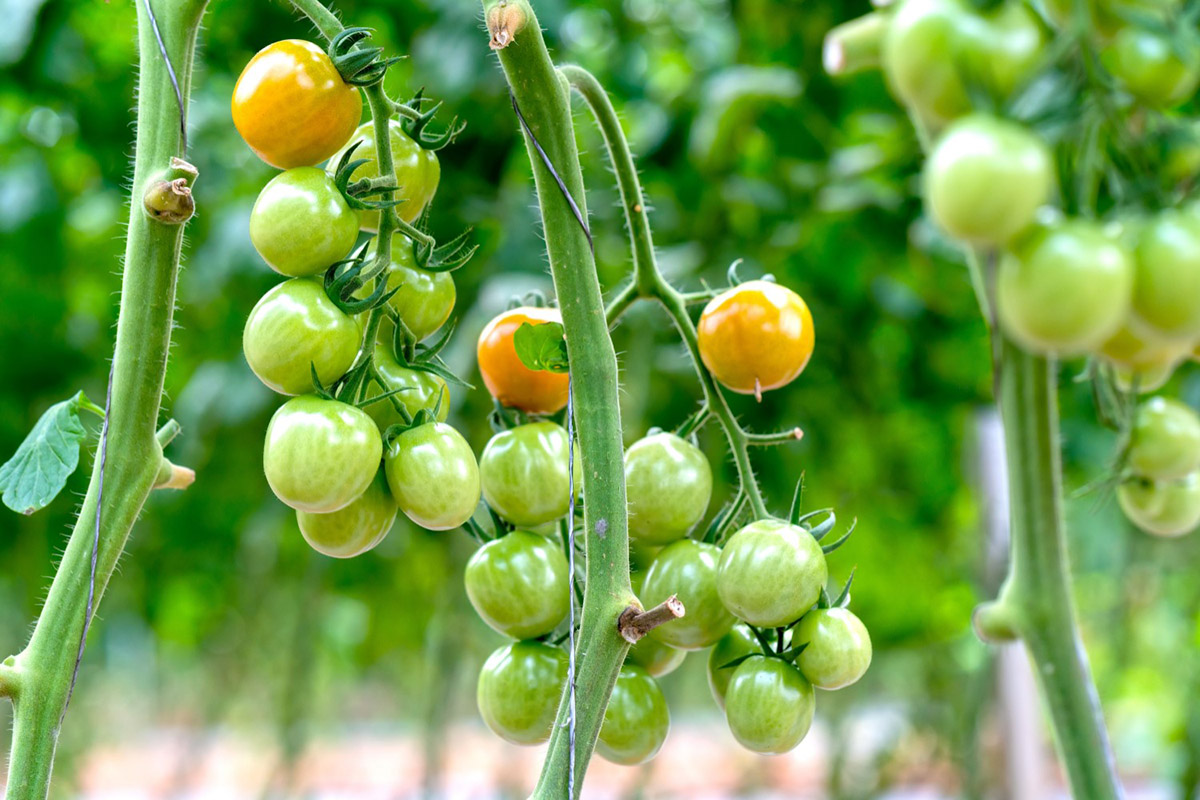
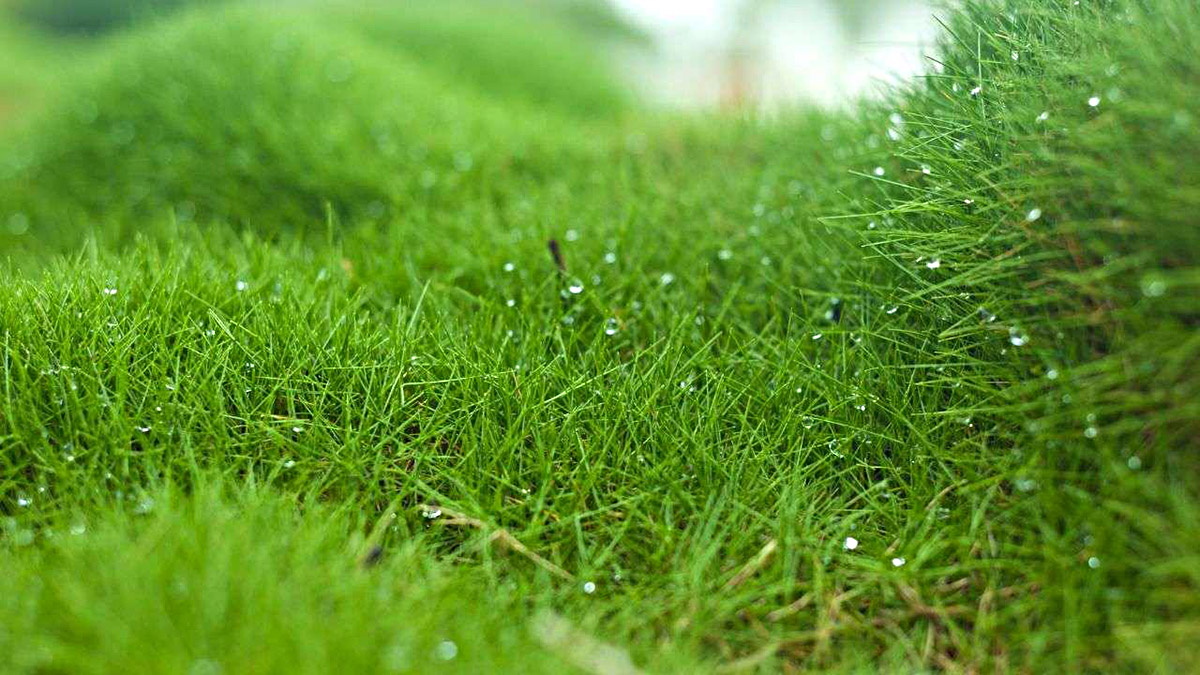
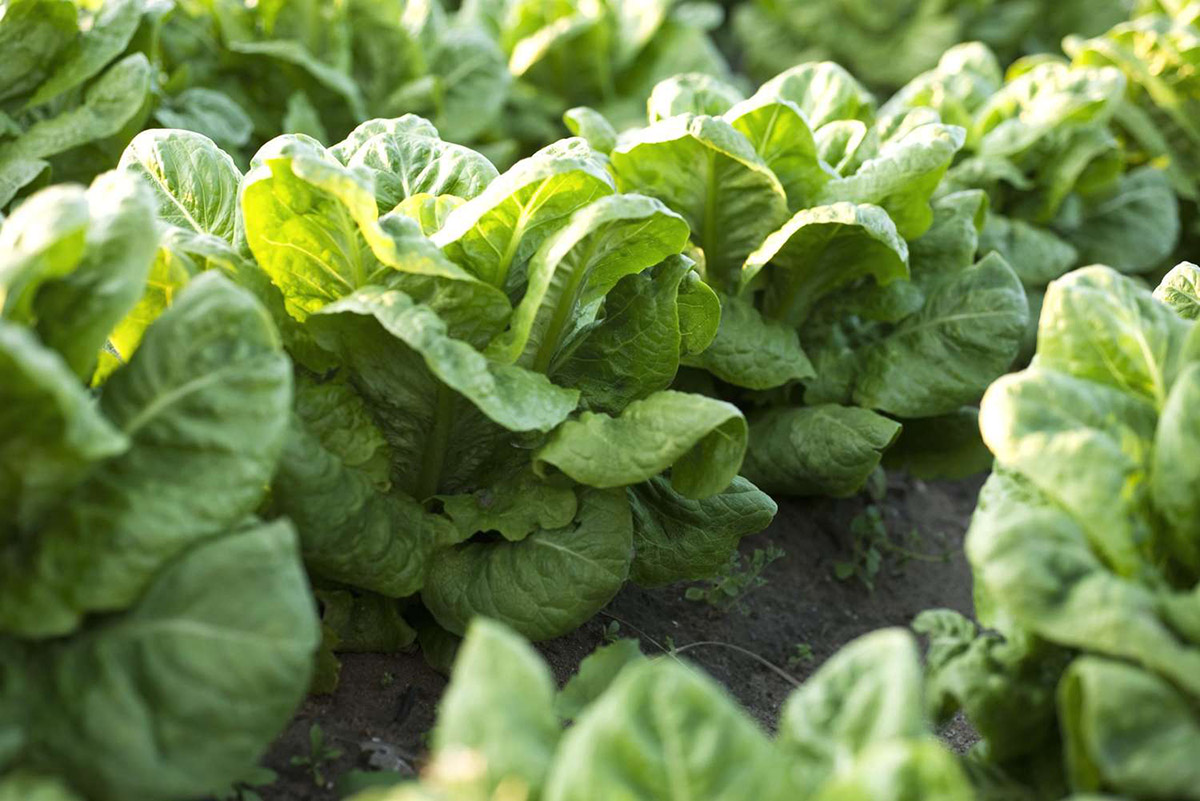

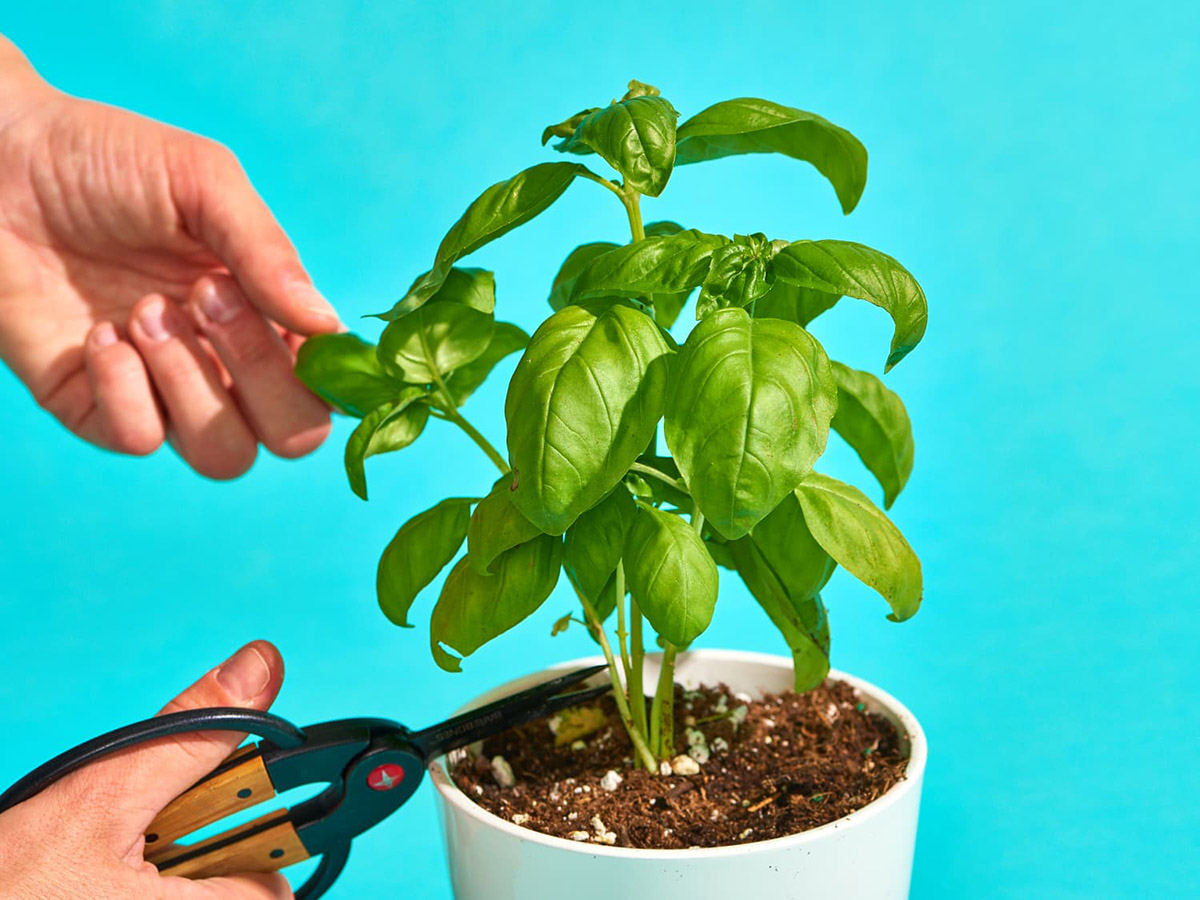
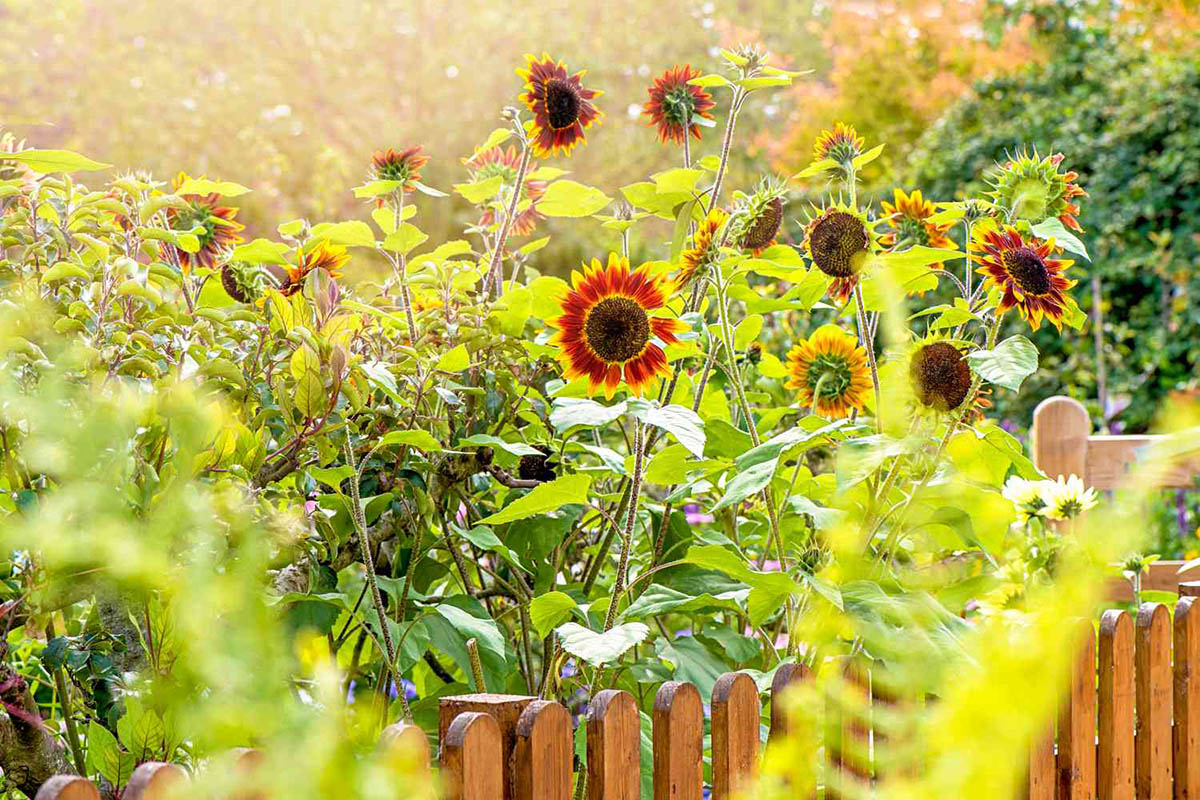
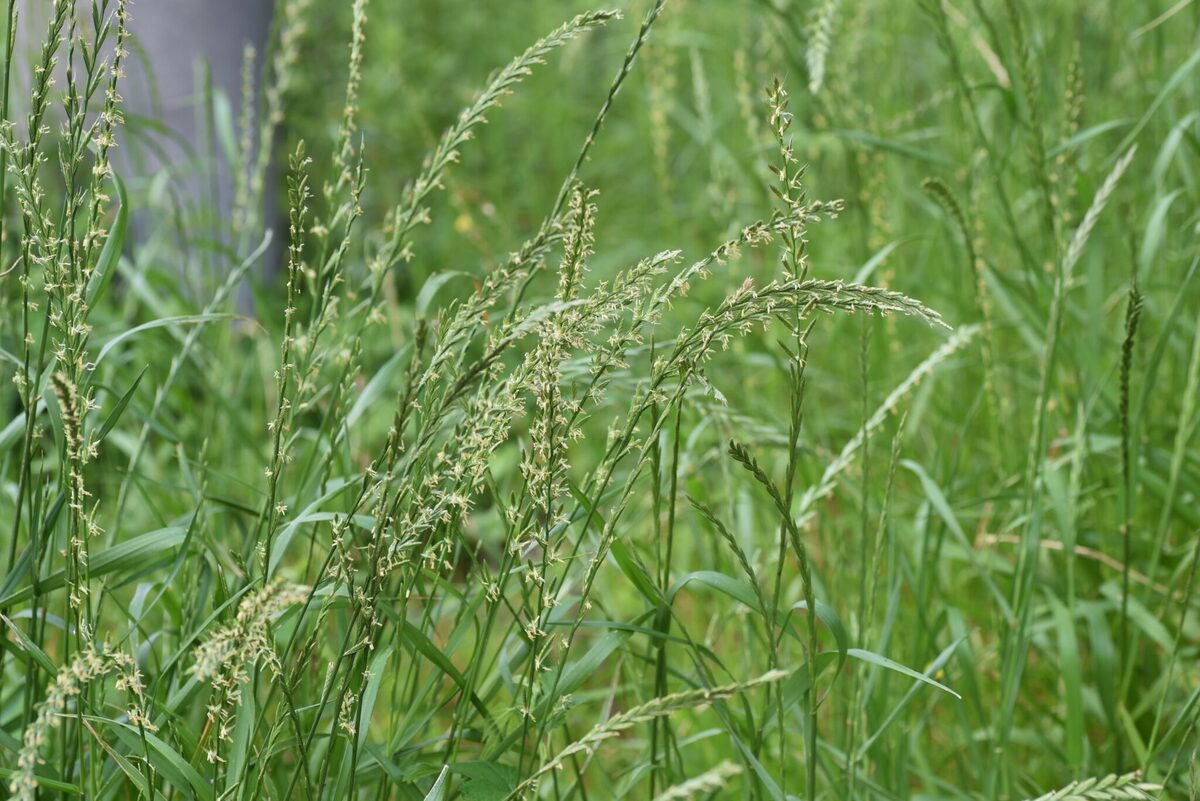

0 thoughts on “How Long Does It Take For A Tomato To Germinate”